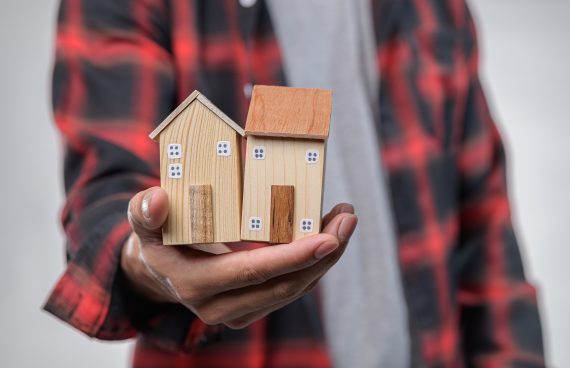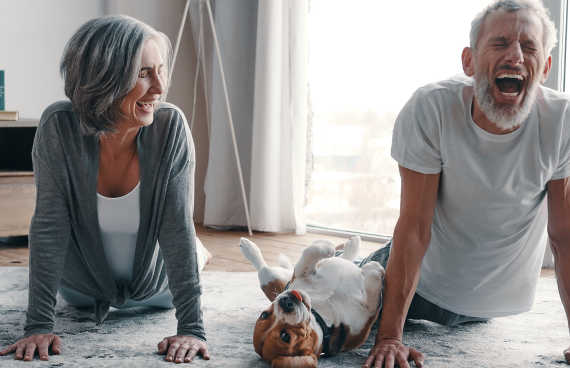Home Safety Tips for Seniors Living Alone
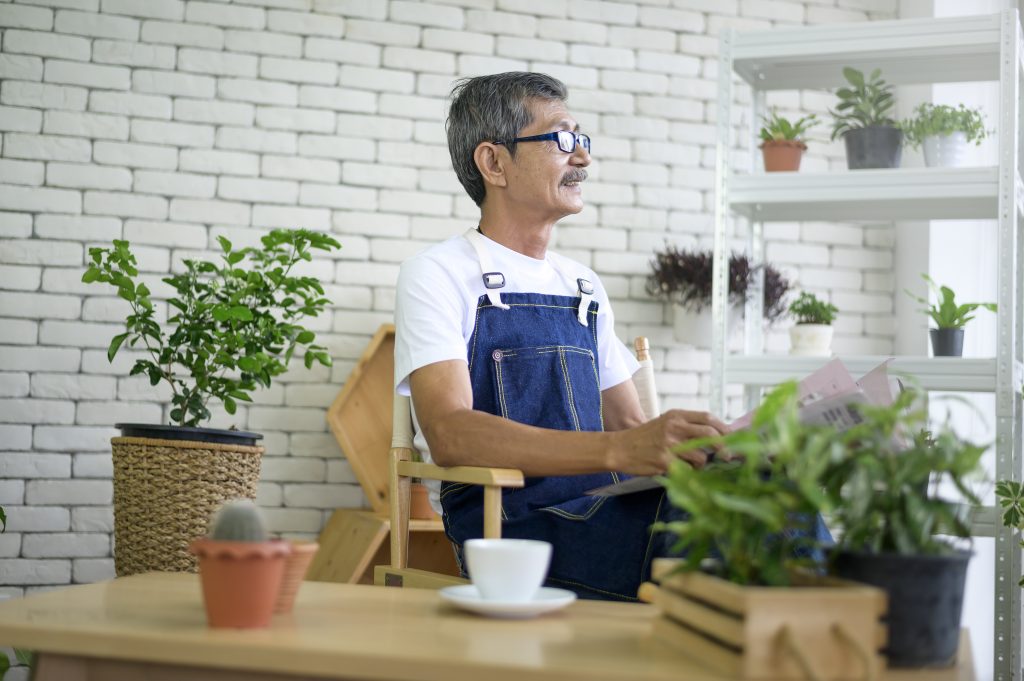
For seniors who want to keep their independence, home sweet home can become a labyrinth of inconveniences and hazards without the proper adjustments. Luckily, adjusting a home to suit the needs of a senior can be simple and affordable.
Universal design
The American Association of Retired Persons (AARP) recommends referring to universal design standards when converting a home for senior safety. Universal design provides standards for safety and accessibility; it’s a model used by architects, contractors, and designers to create living spaces for inhabitants of various abilities.
Universal design standards can include property with:
- Limited steps, if any, and ramps/lifts if they’re not possible to remove
- Bright lights
- Bedroom(s) located on the first floor
- Lever door handles
- Spaces free of trip hazards (rugs/mats, furniture, slippery surfaces)
Falls are a leading cause of loss of mobility and independence for seniors because they may have trouble recovering fully, if at all. By taking the proper precautions, seniors and their families can ensure they can continue to live at home on their own terms.
Create a comfortable environment
Making organizational and structural adjustments to living spaces can provide long-term comfort. Everyone deserves to feel safe and at-ease at home, so adjusting the environment as needed can be practical.
To maximize storage space, many of us place items in low or high places. Consider rearranging or retiring certain household items to reduce the risk of falls or pain from bending over.
Throughout your home – Find a contractor that can move your plugs up higher on walls. Move any items that are in lower cabinets, under beds, etc., to dressers/shelving. For those who have trouble using their hands, consider replacing standard light switches with rocker light switches or smart switches. If there is a risk of falling, have grab bars and non-stick strips installed throughout the home and ensure any thresholds are flush with the floor.
In the kitchen – If the home doesn’t already have one, consider purchasing a large toaster oven and have the microwave set on the counter if it’s built-in or over the range. It may be time to retire the dishwasher and wash dishes by hand.
In the bedroom – Consider adding bed rails if needed, and purchase tall shoe racks. Minimize the amount of furniture used and be sure the floor is always clear.
In the bathroom – Senior-friendly bathrooms can include a bench/seating in the shower and grab bars throughout the room. Walk-in showers are ideal (the lower the ledge, the better). The opposite is true with toilets; raised toilet seats can help seniors sit without having to lower themselves too far.
The exterior: Mount water hoses higher on the wall, and ensure any outdoor furniture is easy to navigate around. If there is a yard pool, this can be a risk for someone with mobility issues, and they should take aquatic classes at a local gym or community center instead.
Seniors can work with their family and/or contractors to make these simple changes. Even the simplest updates can spark an improvement in quality of life.
Smart home features
Smart home features and automation can introduce incredible convenience in day-to-day life. Seniors can use these features and virtual assistants to make calls without picking up their phone, change the temperature and lighting, start or stop a robot vacuum/mop, turn on appliances, and much more.
Smart home features can be costly, so it’s important to conduct research to see if this seems like the best option.
Making changes to one’s environment can seem like a difficult or perhaps frustrating task that can be a reminder of one’s new limitations – but the end goal is to be as comfortable as possible and retain independence. Ultimately, making these improvements will improve daily living. Just as every person changes with age, their ideal dwelling should change with them in order to remain a sanctuary of their own – one of relaxation, productivity, and welcome.
Sources:
National Association of Home Builders | What is Universal Design?
Photo: an-elderly-man-is-relaxing-with-coffee-and-reading-newspaper-at-his-home Stock photos by Vecteezy

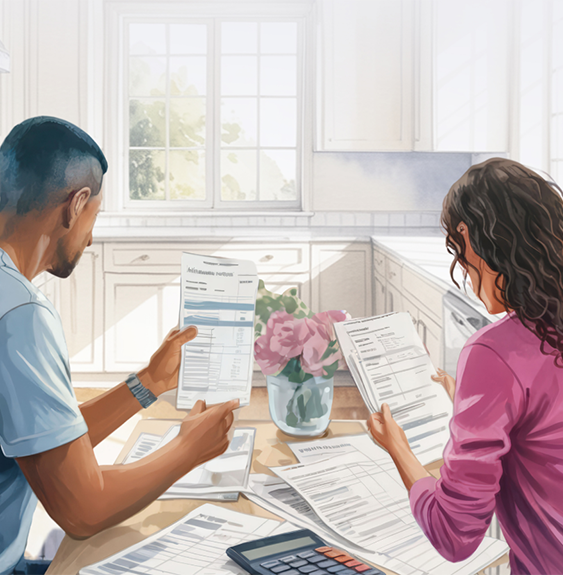
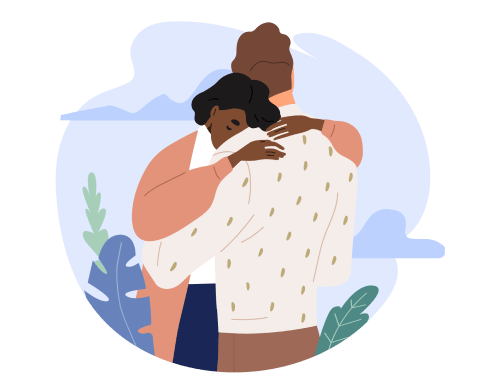





 Use current location
Use current location




